Bowling Green is a town in central Virginia, and is the seat of Caroline County. The population is around 1,100.
Bowling Green was named after The Bowling Green, a plantation on the south end of town. The mansion was the home of Col. John Waller Hoomes, who donated the land to found the town. The town was founded around 1835, when the courthouse was built, and the town was incorporated in 1837.
The immediate area was the birthplace of the horseracing industry in what would become the United States. With the early history in the sport, the legacy continued to modern times. Secretariat, the most famous horse in history, was foaled just outside Bowling Green. Other horses from the area include Hill Prince, First Landing, and Riva Ridge.
Bowling Green is most famous for its early role in the U.S. Supreme Court case of Loving v. Virginia, in which the ban on interracial marriage was overturned in 1967. Richard Loving and Mildred Loving (née Jeter) grew up and lived in rural Caroline County, and were found guilty in county court of miscegenation after being caught in bed following their marriage in Washington, DC.
The Caroline County Courthouse, on Main Street. The courthouse was built in 1835.

In front of the courthouse was a Confederate Monument, dedicated in 1906. The monument has since been moved to a nearby cemetery.

The Caroline County Clerk's Office, on Main Street on the courthouse square. The office was built in 1907.

The Caroline County Courthouse Annex, on Ennis Street. The structure was built in 2003.

The old Caroline County Jail, on the courthouse square off of Main Street. The jail was built in 1900.
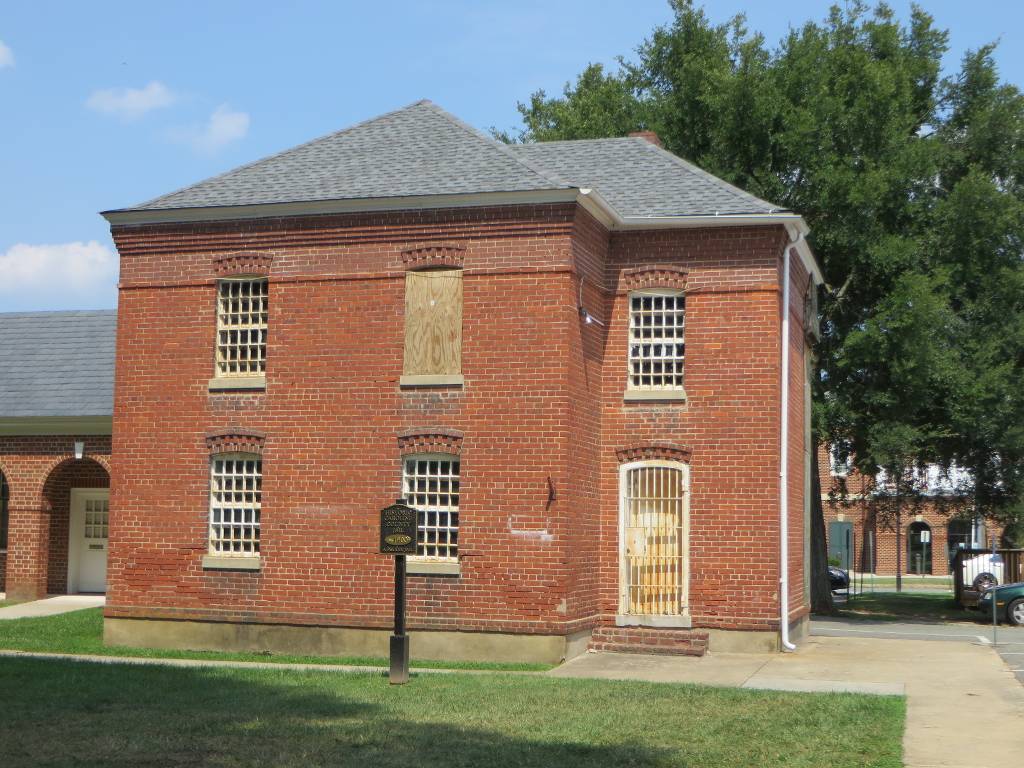
Bethel Baptist Church, on Ennis Street. The church was built in 1924.

Law offices on Courthouse Lane.

Buildings on Main Street.
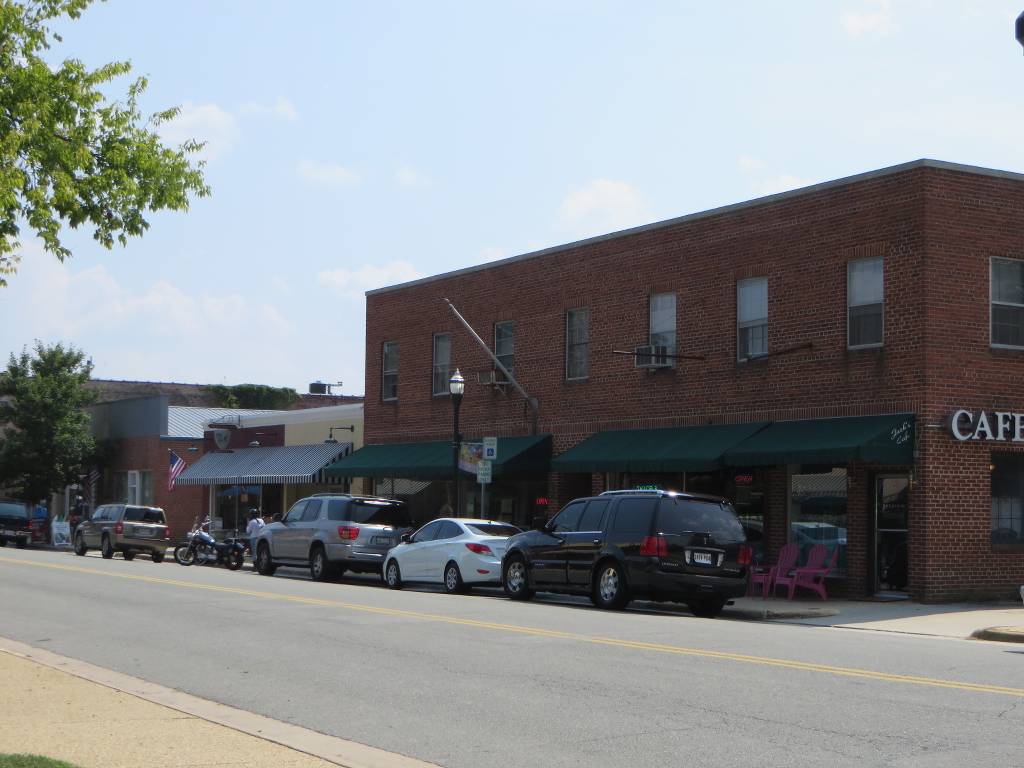
Buildings on Main Street.
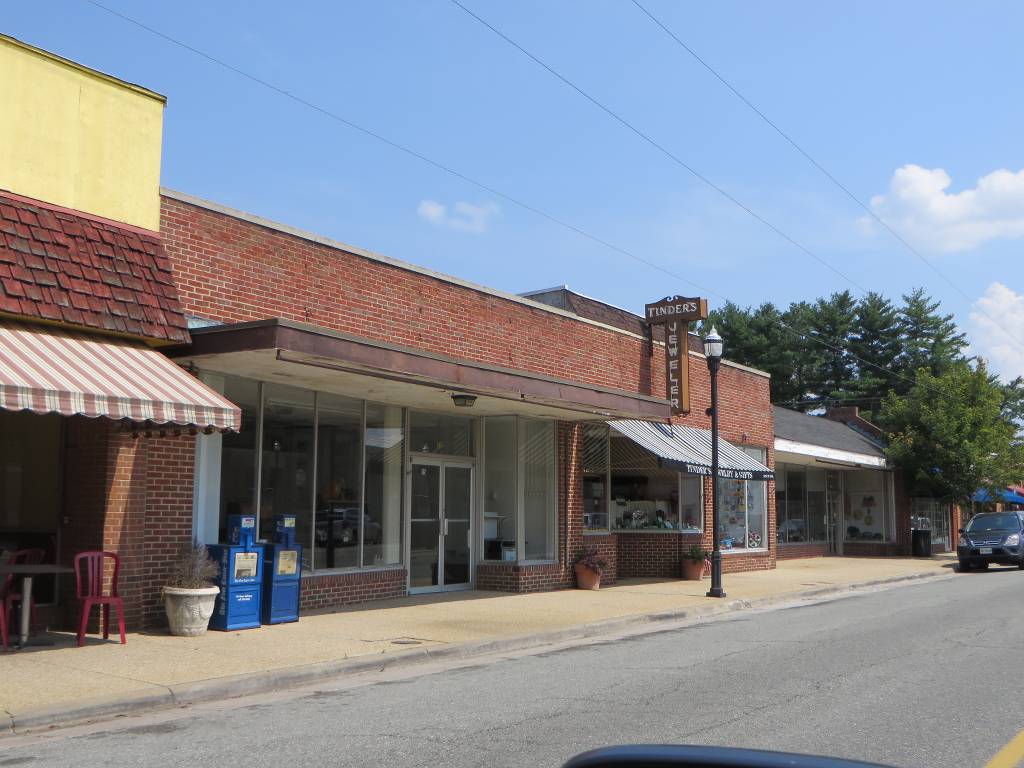
A commercial building on Main Street at Milford Street.

Buildings on Main Street.

Bowling Green, on Main Street. The plantation was built in around 1675, and is the oldest continuously-inhabited house in Virginia. The plantation was the site of the first horse racing track in America, started by Maj. Hoomes right after building the house. The oval track was located in front of the house, on the large green. The large green was also the site of a banquet for the Marquis de Lafayette, held by George Washington.
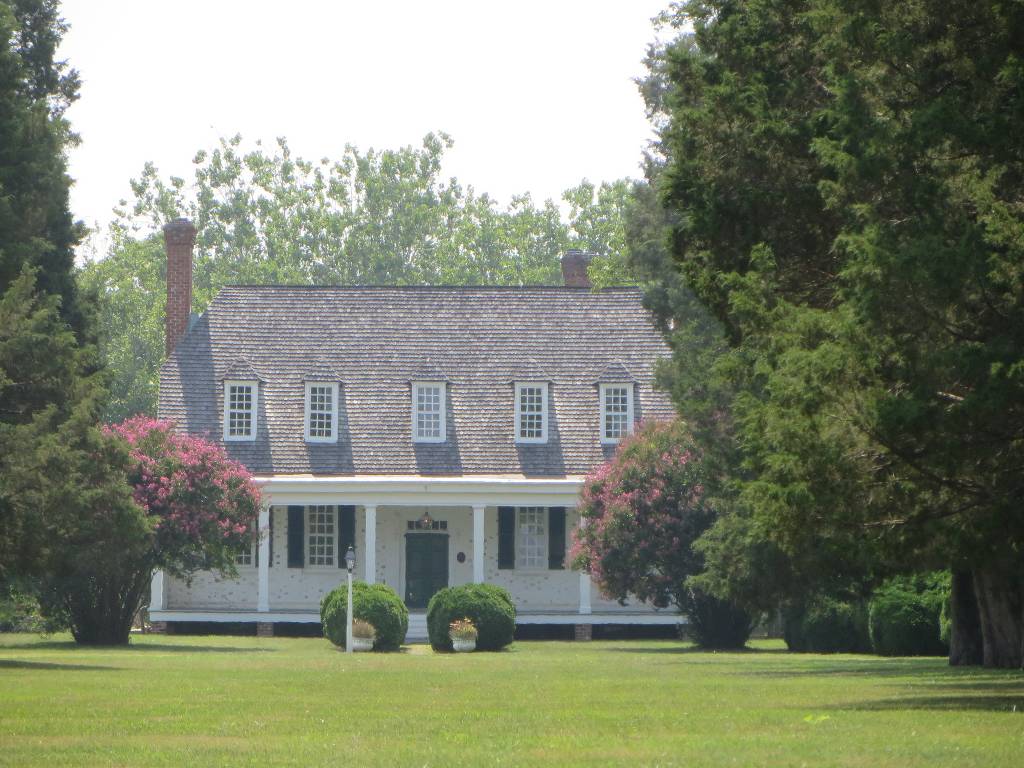
Bowling Green Baptist Church, on Main Street. The church was built in 1899 in a low Gothic style.

Auburn, on Main Street. The house was built in 1843.

Glasselton, on Main Street. The house was built in 1846.

Column Wood, on Main Street. The house was built in 1914.

Shiloh Baptist Church, on Main Street. The church was built in 1895.

Antioch Christian Church, on Main Street. The church was built in 1920.

The A.B. Chandler House, on Main Street. The house was built in 1870.

Next to the A.B. Chandler House is A.B. Chandler's law office, dating to around 1890.

The Rains House, on Main Street. The house was built in 1737.

Bowling Green United Methodist Church, on Main Street. The church was built in 1832.

St. Asaph's Episcopal Church, on Main Street. The church was built in 1954.

The Valentine House, on Main Street. The house was built in 1901.
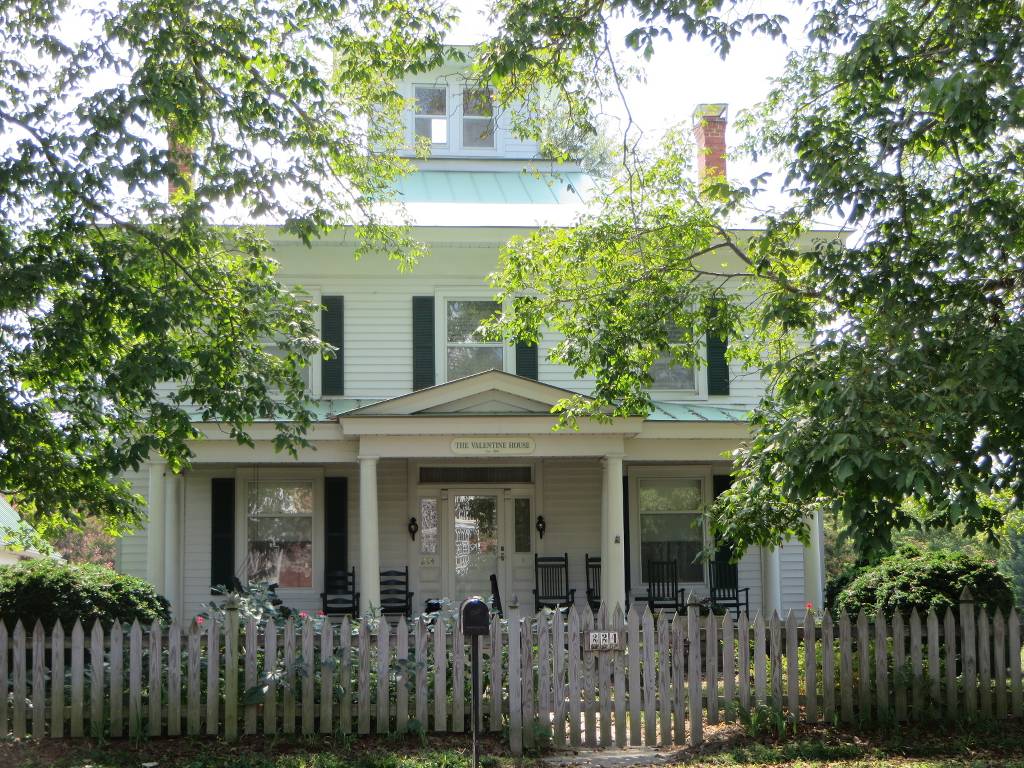
A house on Cary Street, built in 1930.

A house on Main Street, built in 1830.
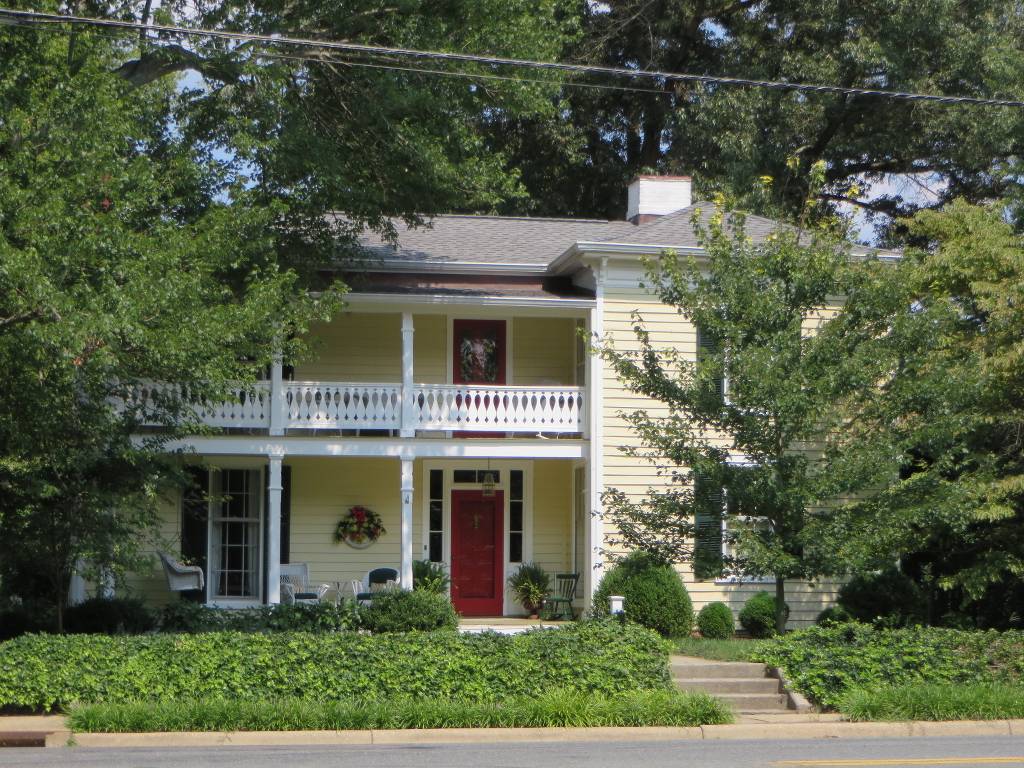
A house on Main Street, built in 1850.

A house on Main Street, built around 1830.
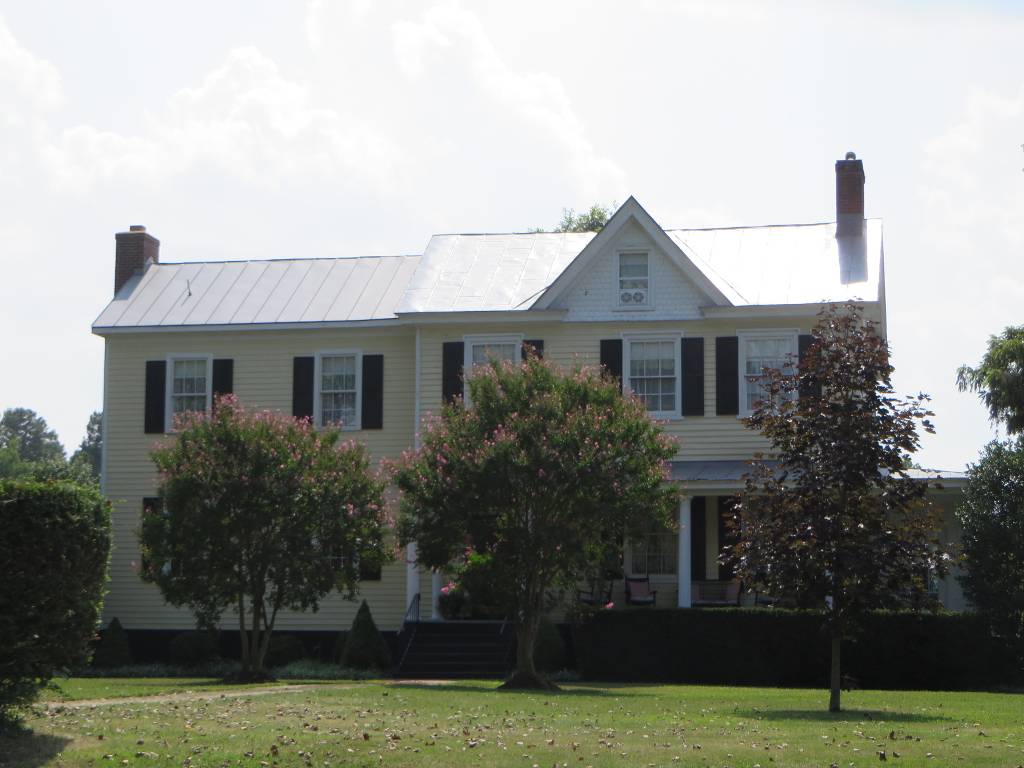
A house on Main Street, built around 1880.
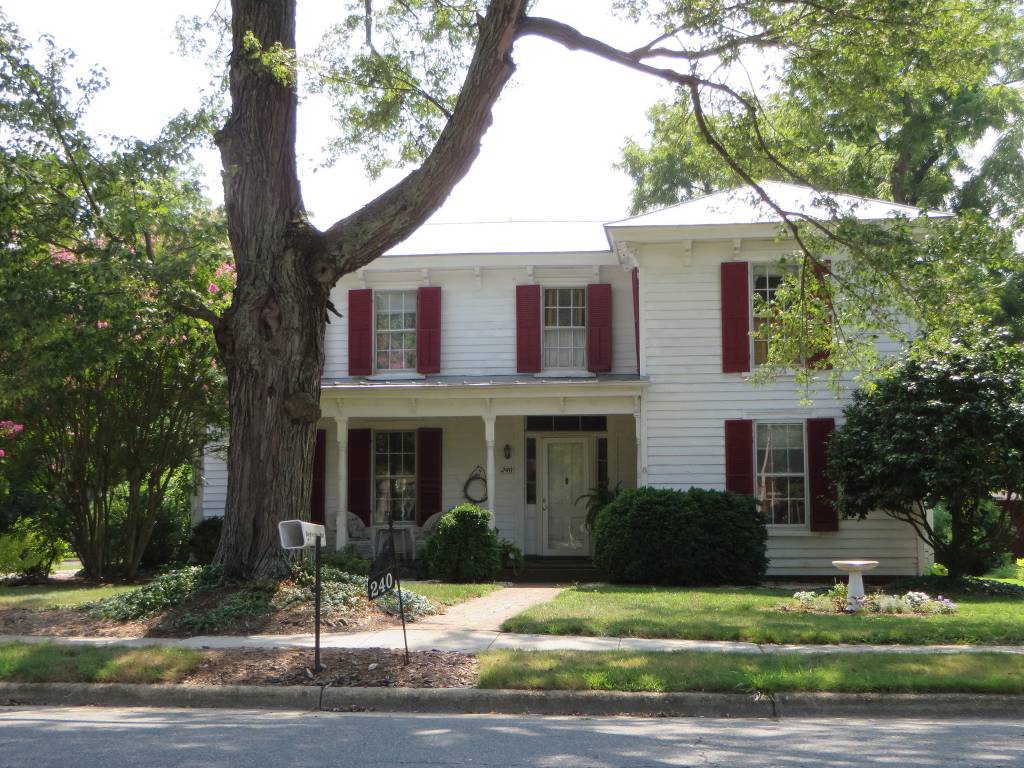
A house on Main Street, built around 1860.
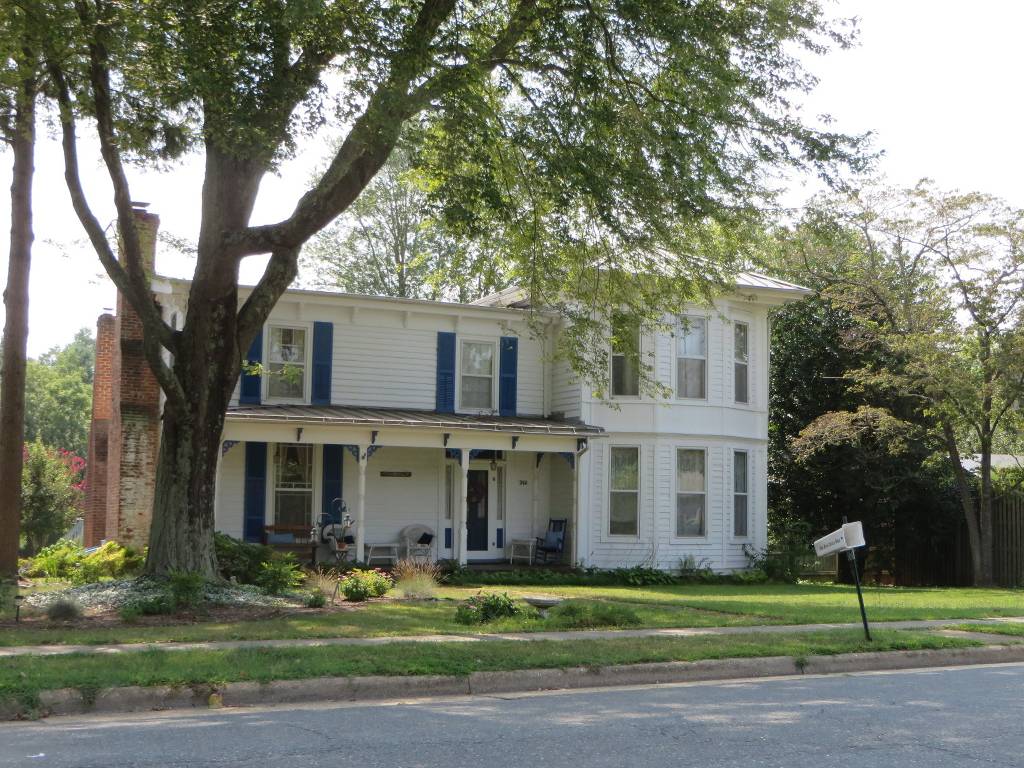
A house on Main Street, built around 1910.
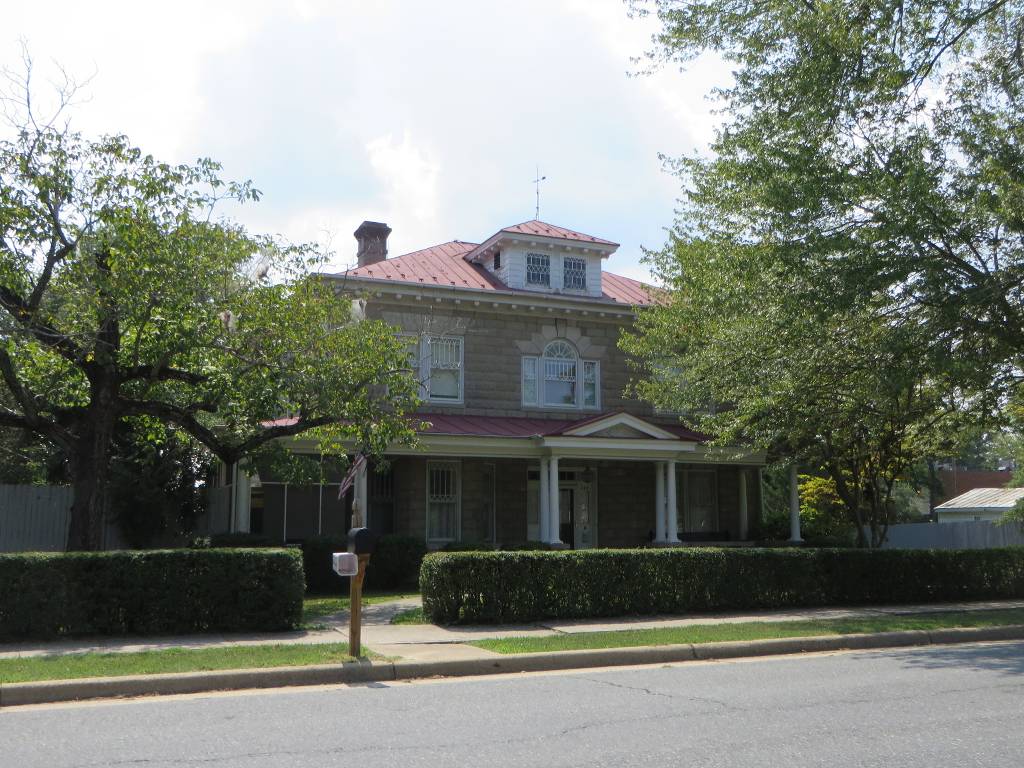
A house on Hoomes Circle.




